The Epic Journey
We sat down to speak to our Epic team member Sara, who lives in Morocco, about some of her favourite journeys through the country, and where she can’t wait to get off-the-beaten-track to exploring on her next adventure.
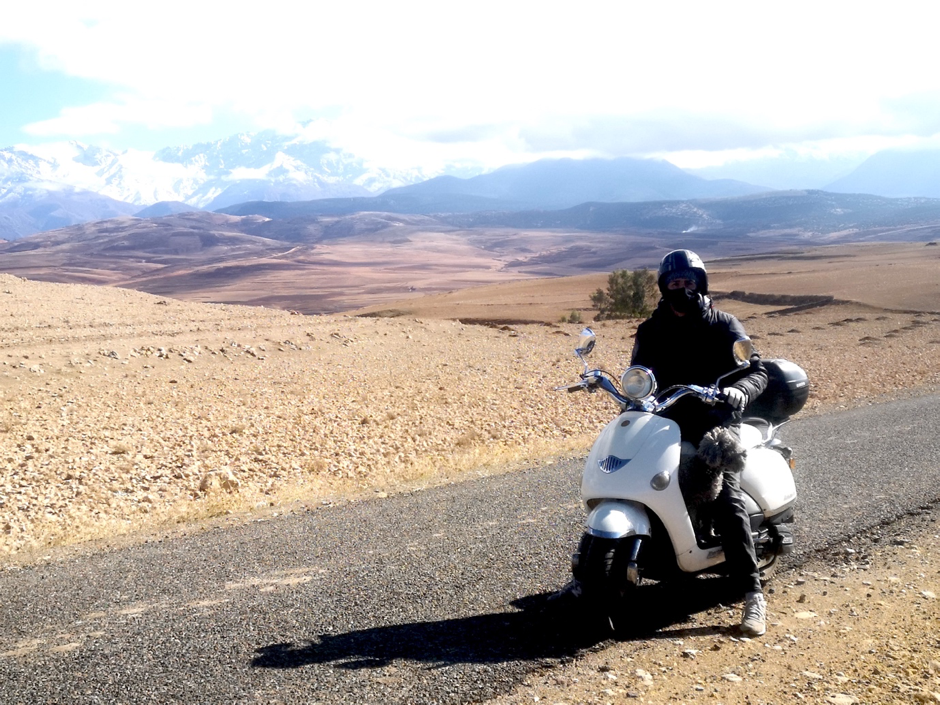
What makes a good road trip for you?
For myself and my husband, it’s partly the actual driving experience, we love being in a 4 x 4 out on the open road together, it’s refreshing and you see things differently. We also enjoy visiting the mountains around Marrakesh on our moped with the dog – invigorated by feeling so physically close to the fresh air and breath-taking landscape around us.
I’m locked in, in the UK at the moment, so it’s a pleasure to have the opportunity to recall some of our favourite road trip moments and for me to think about some of the things I want to see when restrictions are lifted and I can get back to Morocco, and out on the road to explore again.
Any road trip is a mix of planning and happenstance, our planning takes in things we’ve read about that spark our interest, and as my friends call me ‘the sponge’ there is always seemingly a lot of possibilities! These visits sit alongside family visits (we have Moroccan family), where the famed Moroccan generosity and hospitality is always on offer. But there is always the chance for a detour and some of those more spontaneous thoughts to turn here or there can end being the best times, the times you remember.
Tell us about one of your favourite journeys in Morocco…
There are so many trips around Morocco to take it’s a large and diverse country with many hidden corners, and I’ve been lucky enough to discover a lot of then with Epic and with family. I’ll tell you about a journey to the North from Marrakech to Larache, Tetouan, Tangier, Chefchouen and Meknes we took with Ruby – who is probably the most well-travelled pooch I know!
The first part of the drive is nothing remarkable to write about, mainly motorway and large cities although we still enjoyed the driving experience, it became more interesting when we landed in the pretty Northern town of Larache to take in the nearby Lixus Roman ruins. Amazingly before visiting Morocco I had very little knowledge of the ancient history and Roman settlement of Morocco, since then and after reading ‘Tangier from the Romans to the Rolling Stones’ I have a more rounded understanding, although it can still be difficult to follow! The northern coast of Morocco is a fascinating place invaded by the Phoenicians, Romans, Arabs, Portuguese, Spanish and of course Hercules was here hunting for the ‘golden apples’.
Lixus is a beautiful spot on a hill just overlooking the banks of the Loukkos river, there is a visitor centre, and although we found it quite simple it does have some local artefacts. The ancients believed Lixus was the site of the Garden of Hesperides where Hercules rested, although this history is a bit fuzzy, to be honest. I love ancient ruins because it fires my imagination, I can easily get lost in thoughts of ancient times, standing in the remains of a grand columned building at the top of the hill I could imagine what it might have been like for a Roman to stand looking out marshland and the sparkling blue of the river below.
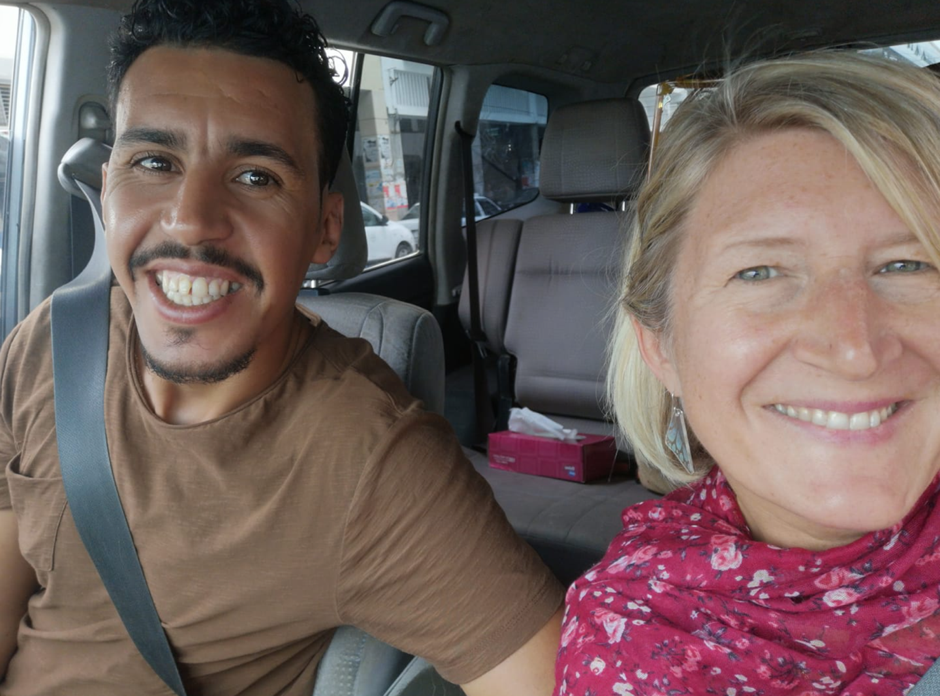
Having taken in enough of the ruins, we drove on to stay in the small Spanish influenced town of Asilah – unfortunately, it was August so the peak season for locals to take their holidays and a bit too busy for us, however, we compensated by getting up early in the morning for a quiet walk around the harbour walls to see some of the murals that are painted as part of the mural festival usually held in July. We enjoyed picking up some of the Spanish street-food such as Kalinte, a simple warm chickpea pancake sold in slices. If I go back again when we are free to roam again I would love to visit some of the hidden beaches around Asilah with a picnic for the day, there are many local beauty spots off the beaten track to discover.
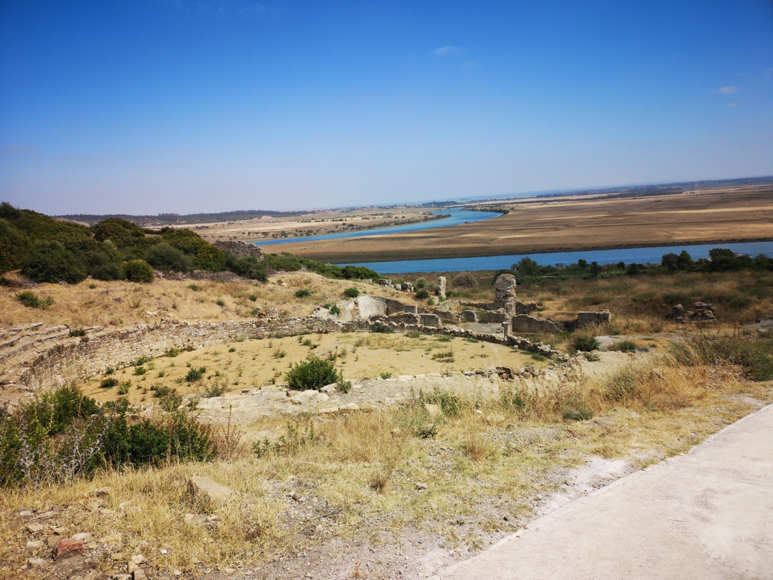
Moving on up to Tetouan and Martil we spent time with family and had time to enjoy the beaches a little. Tetouan is a modern white city nick-named the ‘White Dove’ with a faded Spanish influenced old town aspect which was once the home to Andalusian Muslim and Jewish refugees from Granada. Today it is a northern metropolis with a smart and clean feeling to it, there is a notable art gallery in a converted railway station with some good contemporary art which I enjoyed and it’s in a nice spot not far from the old town.
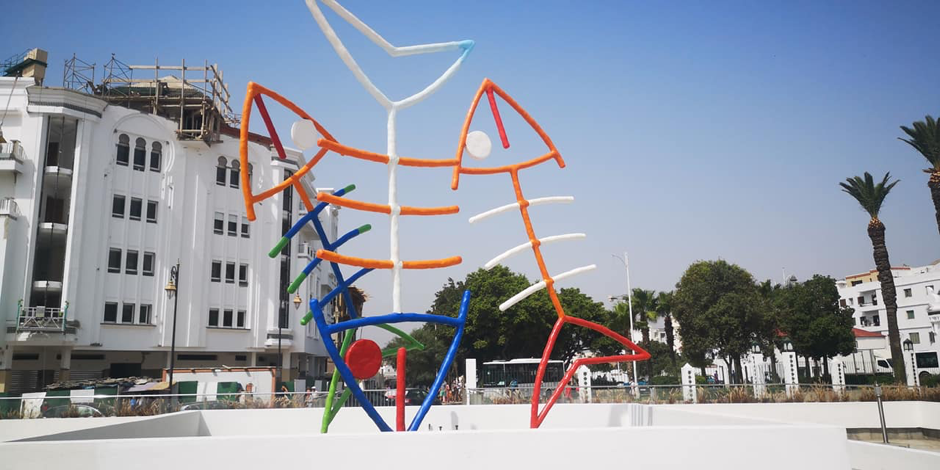
The Northern beaches of Martil and around close by came as a surprise to me, calm, not breezy like Essaouira and the Atlantic beaches, they offer long stretches of soft sand and the sea is very swimmable. It is great to see the odd camel on the beach along with women from the Rif area in traditional red and white striped aprons selling souvenirs and dressing up children for photographs. Some of the beaches further along near Al Hoceima are delightful and something I would definitely go back to and explore, we had half a day driving the ocean road stopping at one cove but I would have loved another couple of days. It reminded me a lot of the great ocean road holiday so many of the people I knew had been doing. The idea of a long stretch of road touching beaches along the way is just an incredible road trip to do.
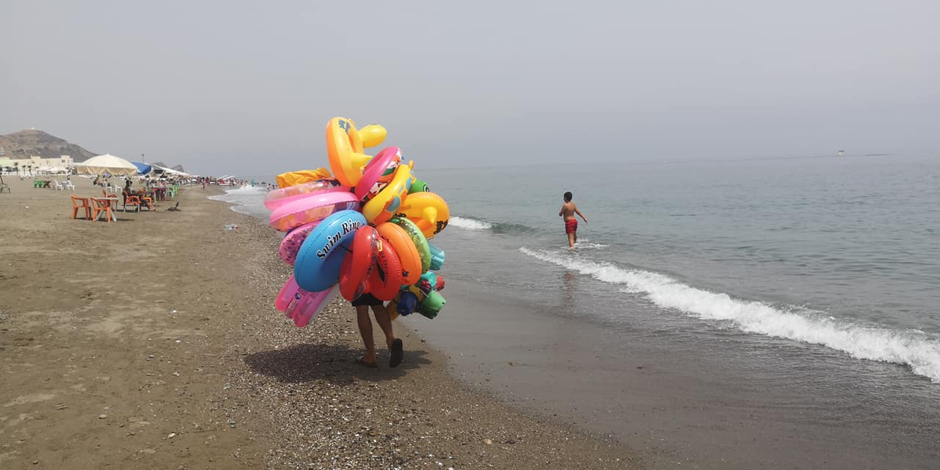
There are many good seafood places beachside and some outstanding restaurants if you know a local – we were treated to many a delicious local speciality, I still can taste the delicious Prawn Pil Pil we had in Tetouan, unbelievably good. Moving up to Tangier from Tetouan you head over some of the Rif mountain roads and see local villagers in traditional dress by the roadside, rif women also sell artisanal goat’s cheese wrapped in palm leaves which is worth a try if you spot it in a local market.
Hitting the outskirts of Tangier we headed directly to a seafront promontory and Hercules cave, the king has a palace nearby so its well-kept and quite an upscale area. The cave itself is worth a visit giving a beautiful window out onto the sea where you can imagine many a galleon passing by on the old trading routes.
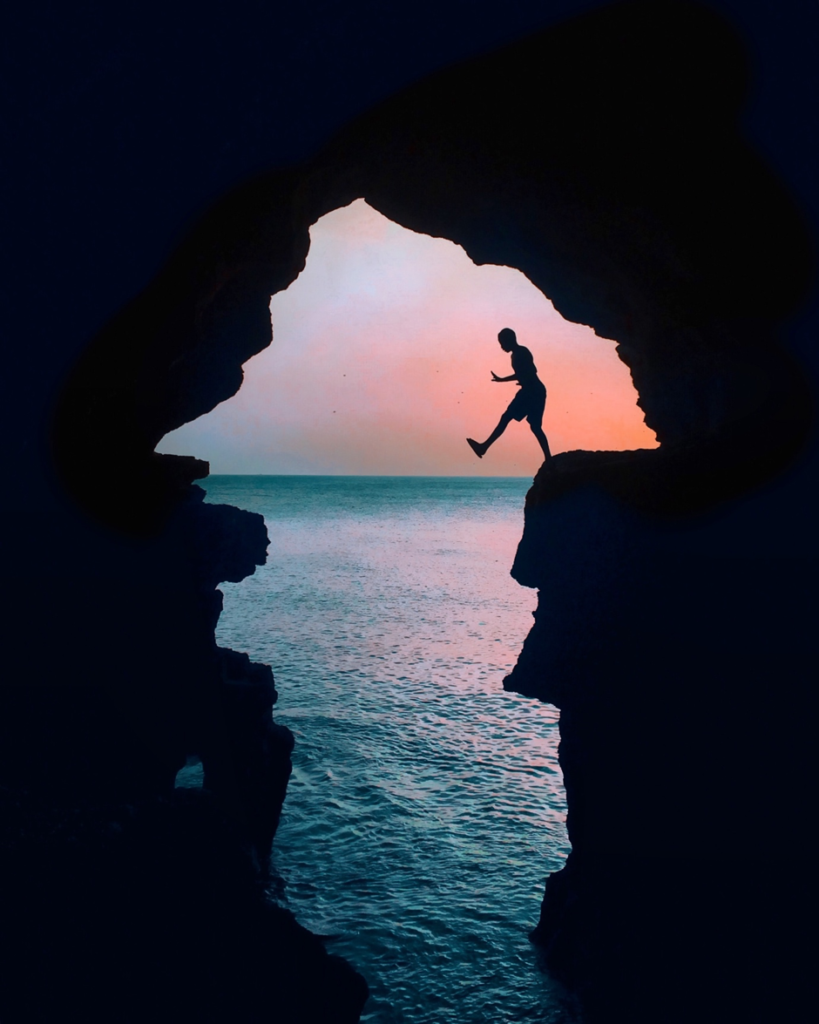
We didn’t have time for a stay in Tangier this time, I returned with a friend a couple of months later however and stayed in William Burrough’s guest house (a little haunting) beneath which there is a famous little bar The TangerInn and explored the literary and coffee shop trail around the city. Not something my husband would have enjoyed but it’s always good to have something to come back for with a girlfriend!
Our road trip took us on to Chefchouen. Moroccan cities tend to be associated with colour, Marrakech is the Red City, Chefchouen the blue city and each town has its own colour scheme even if this is just the coloured paint of the doors. It’s a winding drive to the town and it’s perched on a hilltop. Unfortunately for us (we don’t like touristic places on the whole), the blueness has become an Instagrammer’s dream and there are places dedicated to the art of Instagram in the city where you can pose with a Moroccan teapot against a blue backdrop. That’s not really our thing, but yes we did take a couple of blue photos – it felt like a tick-list place rather than a place we wanted to spend any decent amount of time in.
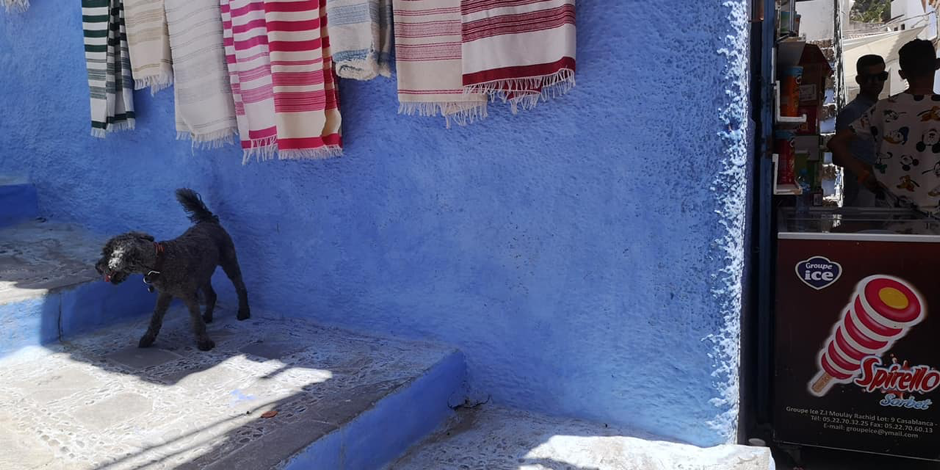
Having said that our riad was great with a fantastic view from the balcony and I believe there are some nice hikes to do in the surrounding area.
Friends who had visited Morocco the year before had taken the train to Meknes from Marrakech and visited the Roman ruins of Volubilis. They mentioned that Meknes was actually more interesting than the ruins. This review (word of mouth is always the best) inspired our next stop, and we took the long and challenging road from Chefchouen to Meknes, our car decided to pack up just outside of the town but two passing motorists helped us get a tow to the town and to a mechanic, it felt a bit Charlie Borman’esque’ – you never know what will happen on the way when taking a trip around such a large landscape on roads of variable quality, but you always seem to find helpful people in Morocco even when the cameras aren’t there!
There are three medinas in Meknes, the Arabic, Berber and Jewish medinas. Most riads are in the Arabic medina, you get to know the streets around quite quickly, there are some interesting workshops to visit just outside of the walls, but I would take a guide to the Berber and Jewish medinas as they are quieter and it’s much easier to get a bit lost (as I did on my own).

I loved Meknes – it was my favourite old city so far, with working medinas filled with shops selling all the things you might need for Jellabah and Kaftan making, with tailoring and embroidery a local speciality. The grand architecture of Sultan Moulay Ismail who chose Meknes as his seat when he ruled in the 1700s, is impressive; huge ornamental gates, the palace and the housing for 40,000 slaves and horses are all amazing to see and can be taken in on foot or by taking a local horse-drawn Caleche.
There is an old prison underground with many alleyways most of which have been now sealed off to stop you wandering off and getting lost, as two French tourists purportedly did once never to be seen again! Looking at the old paintings of Moulay Ismail the ‘Warrior King’ you can imagine this imposing figure with a terrifying reputation and considerable army of horses and slaves who ensured his legacy with these scale architectural works ensuring he maintained his imposing presence way after his death.
We spent three days in Meknes until the car was fixed and decided to take the road home to Marrakech to avoid any further mishaps, however what I want to do next time I go is to spend more time in the mountain towns on the way back, in particular Khenifra, it’s a beautiful town in a great setting and it is also famous for rug trading from the makers in many villages and towns in the High Atlas. An ambition I have is to travel the Atlas visiting these small rug-making tribes and documenting their work.
Where do you want to go on your next Morocco trip?
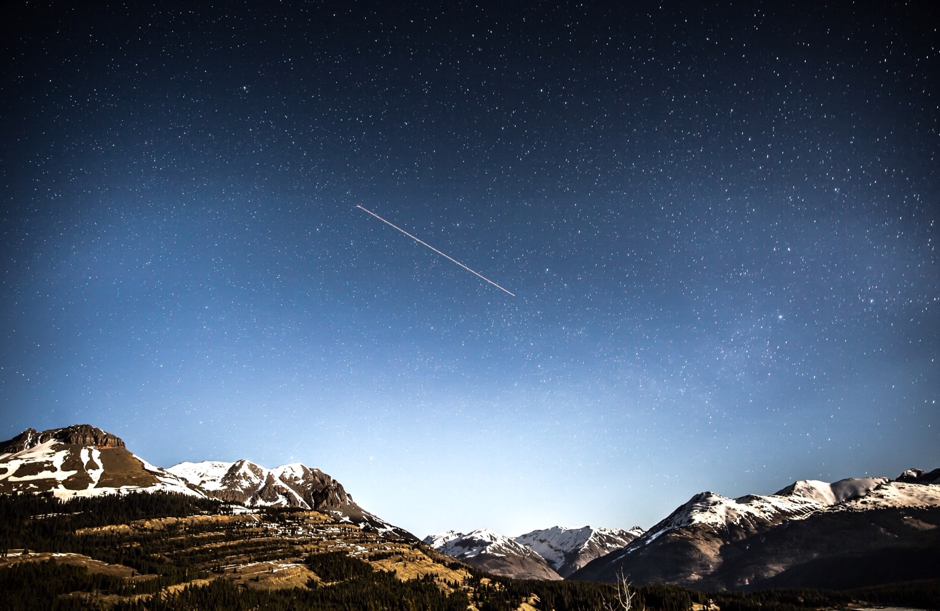
I’m a bit of a geek and I’d like to discover more about the meteorite sites in Morocco, the country has more than its fair share of meteorite landings – there is a good business over here too in terms of trading the rocks for local Nomads. But for me, there is something amazing about a rock that has fallen from the Universe to the land.
There are twin lakes in the Atlas Mountains; Isli and Tislit (nicknamed the Moroccan Romeo and Juliet because of the romantic tale about their being formed from the tears of two young people from different tribes who loved each other but were forbidden from marrying). The geologist story just as fantastical in another way is that they were born from impacted craters formed when an asteroid hurtled towards Earth split in two 40,000 years ago. There is a mystical feeling about the mountains, locals feel they are spiritual and I think these stories add to the mystique!
Tata is also interesting as asteroid and moon chunks have been found there more recently, and there are said to be Martian rocks in Tissint!
I think sometimes by pursuing a project or story to form the backbone of a journey, you can create a really interesting trip, one where the value might actually come from something completely separate – a chance encounter or fantastic stay not necessarily the original reason for going.
I’ve got itchy feet now – but I still have a bit of time for research!
Ready to go exploring? Get in touch with one of our travel experts through info@epic.travel or by filling out our contact form.